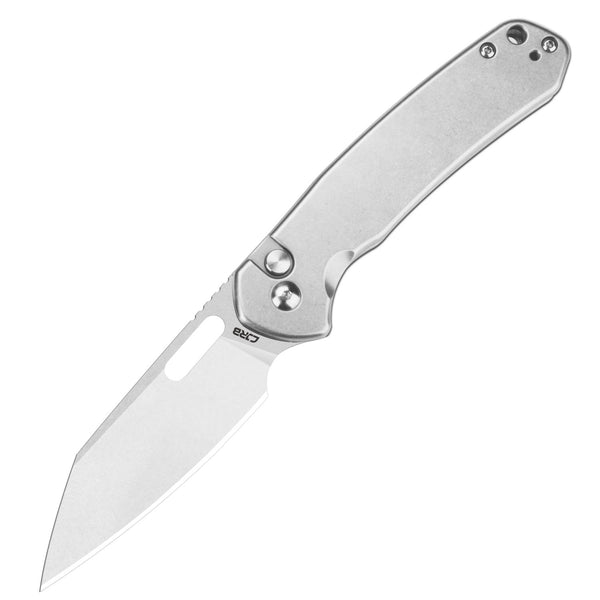Are you ready to embark on a journey of mastering basic pocket knife skills? Whether you are a beginner or an experienced enthusiast, this guide will provide you with the knowledge and techniques to become a true pocket knife expert. From cutting to whittling and more, let's dive into the world of pocket knives and explore the endless possibilities they offer.

The Art of Cutting
One of the fundamental skills in mastering basic pocket knife skills is cutting. Pocket knives are versatile tools that can be used for various cutting tasks, such as opening packages, preparing food, or even carving wood. To achieve precision and control, it is essential to hold the knife properly. The most common grip is the three-finger grip, where your thumb rests on the spine of the blade while your index and middle fingers grip the handle. This grip provides stability and allows for precise cutting motions.
When it comes to cutting techniques, there are several to explore. The push cut involves pushing the blade forward while maintaining a steady pressure. This technique is ideal for slicing through softer materials like fruits and vegetables. On the other hand, the pull cut involves pulling the blade towards you, which is useful for cutting tougher materials like meat or rope. By mastering these cutting techniques, you will be able to tackle any cutting task with ease.
Whittling: The Art of Shaping
Whittling is a traditional woodworking technique that involves shaping wood with a pocket knife. It is a creative and meditative practice that allows you to transform a simple piece of wood into a work of art. To get started with whittling, you will need a sharp pocket knife and a piece of softwood, such as basswood or pine.
Begin by removing the bark from the wood and creating a rough shape using your knife. From there, you can start refining the shape by making small, controlled cuts. Whittling requires patience and precision, as you gradually remove layers of wood to reveal the desired form. It is important to always carve away from your body and keep your fingers clear of the blade to ensure safety.
Exploring Other Pocket Knife Skills
Mastering basic pocket knife skills goes beyond cutting and whittling. There are many other skills and techniques to explore, such as carving, sharpening, and maintaining your pocket knife. Carving involves creating intricate designs or patterns on wood or other materials. Sharpening your pocket knife is essential to maintain its performance and prolong its lifespan. Regular maintenance, such as cleaning and lubricating the blade, will ensure that your pocket knife remains in optimal condition.
Furthermore, pocket knives can be used for various outdoor activities, such as camping, hiking, or fishing. They are versatile tools that can assist you in tasks like preparing food, building a shelter, or even starting a fire. With the right skills and knowledge, your pocket knife can become an indispensable companion in the great outdoors.
Conclusion
Mastering basic pocket knife skills is a journey that offers endless possibilities. From cutting to whittling and exploring other techniques, pocket knives are versatile tools that can be used in various contexts. By understanding the proper techniques, practicing regularly, and maintaining your pocket knife, you can become a true expert in the field. So, grab your pocket knife and start honing your skills today!








